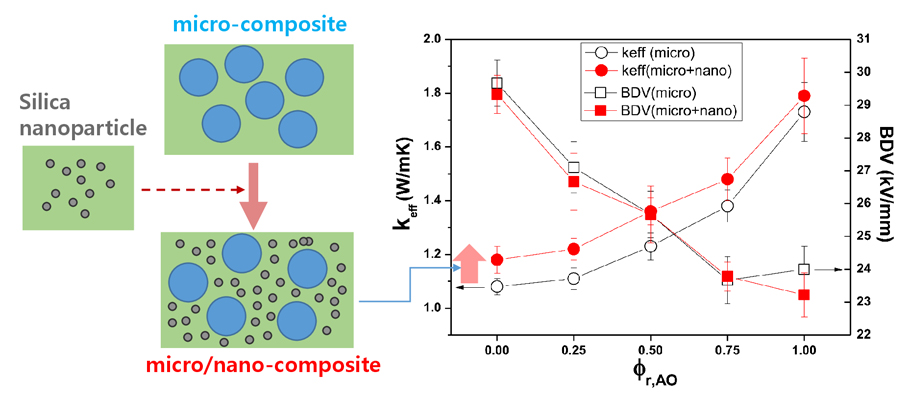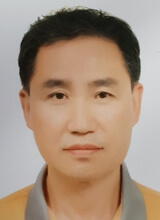Significance
The use of epoxy resins based electrical insulators have increased rapidly in the past few decades owing to their unique electrical, thermal and mechanical properties. Generally, they are used in form of micro-composites with inorganic fillers to enhance their performance as well as commercialization. Among the available inorganic fillers, silica is dominant due to its low cost, high level of mechanical strength and electrical insulation. Unfortunately, the recent development of efficient miniaturized devices have impeded the development of high thermal conductivity materials. This has led to the exploration of other inorganic fillers including alumina and boron nitride. Although alumina has lower dielectric strength as compared to silica, it has been widely used as an electrical insulation material. To this end, researchers have been looking for alternatives to realize insulation materials with high thermal conductivities and good dielectric strength and have identified fabricating epoxy-alumina/silica composites with optimized alumina/silica ratio as a promising solution.
Presently, nano-sized inorganic particles have also been utilized in improving materials properties thanks to advancement in nanotechnology. For instance, incorporating nano-sized fillers in the epoxy matrix can enhance the dielectric strength of the material. Despite various methods for fabrication of the epoxy nanocomposites like mechanical dispersion, the challenge has remained to achieve better inorganic particles dispersion in the matrix. As such, the sol-gel technique has been recently used to synthesis silica nanoparticles. Previously published literature predicted relatively low thermal conductivities of the composites thus indicating the inefficacy of the nano-sized fillers for achieving high thermal conductivity. However, other properties like dielectric and mechanical strengths can be improved by nano-sized fillers. Therefore, understanding the effect of nano-sized fillers on the material properties is of great importance.
Dr. Dae Ho Lee, Nakyung Lee and Dr. Hoyyul Park at Korea Electrotechnology Research Institute developed high conductivity electrical insulation material by synthesizing multi-component epoxy composites containing micro-quartz, micro-alumina, and nano-silica. They analyzed the dielectric strength and thermal conductivity of the epoxy-alumina/quartz composites as well as the effect of adding silica nanoparticles. The work is published in Journal of the American Ceramic Society.
The authors observed a tradeoff relationship between dielectric strength and thermal conductivity by changing the quartz and alumina particles ratio. Increasing the alumina content in the epoxy-alumina/quartz composite resulted in an increase in the thermal conductivity and a decrease in the dielectric strength. However, when silica nanoparticles were incorporated, an enhancement in the thermal conductivity was achieved without a corresponding deterioration of the dielectric strength.
According to the authors, the addition of silica nanoparticles resulted in a significant improvement in the thermal conductivity as compared to increasing the alumina ratio and in particular at low alumina/quartz ratios. When compared to the theoretical model, a similar behavior is observed thus confirming the practicability of the study. Therefore, Dae Ho Lee and colleagues study provides a basic theoretical and practical understanding of the design and optimization of the multicomponent epoxy composites thus will advance fabrication of high thermal conductivity electrical insulation materials.


Reference
Lee, D., Lee, N., & Park, H. (2018). Role of silica nanoparticle in multi-component epoxy composites for electrical insulation with high thermal conductivity. Journal of The American Ceramic Society, 101(6), 2450-2458.
Go To Journal of The American Ceramic Society Advances in Engineering Advances in Engineering features breaking research judged by Advances in Engineering advisory team to be of key importance in the Engineering field. Papers are selected from over 10,000 published each week from most peer reviewed journals.
Advances in Engineering Advances in Engineering features breaking research judged by Advances in Engineering advisory team to be of key importance in the Engineering field. Papers are selected from over 10,000 published each week from most peer reviewed journals.



